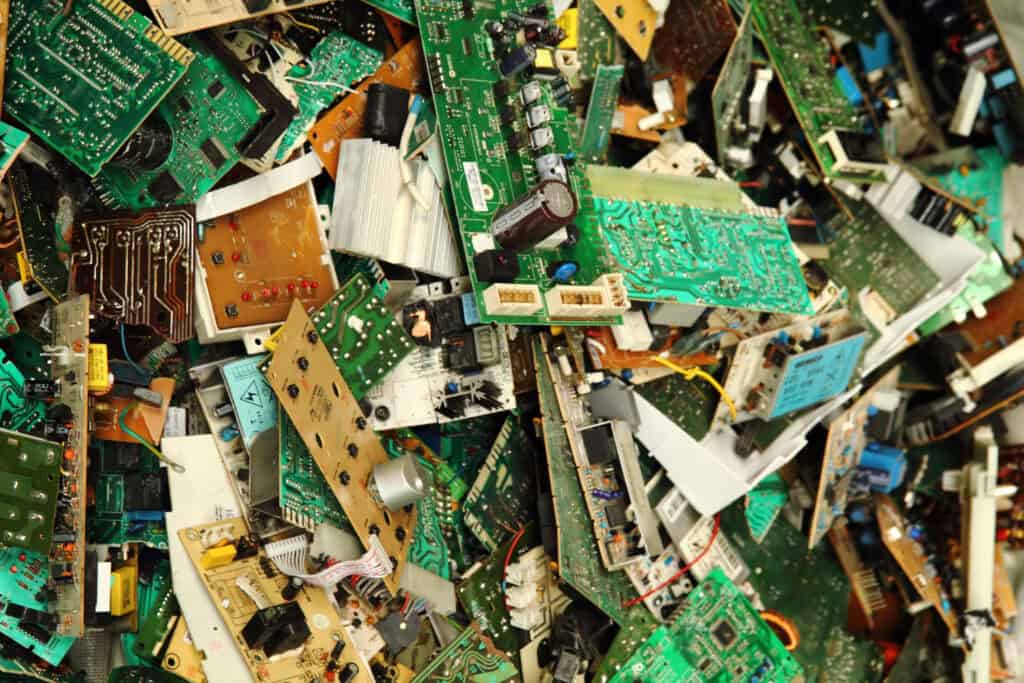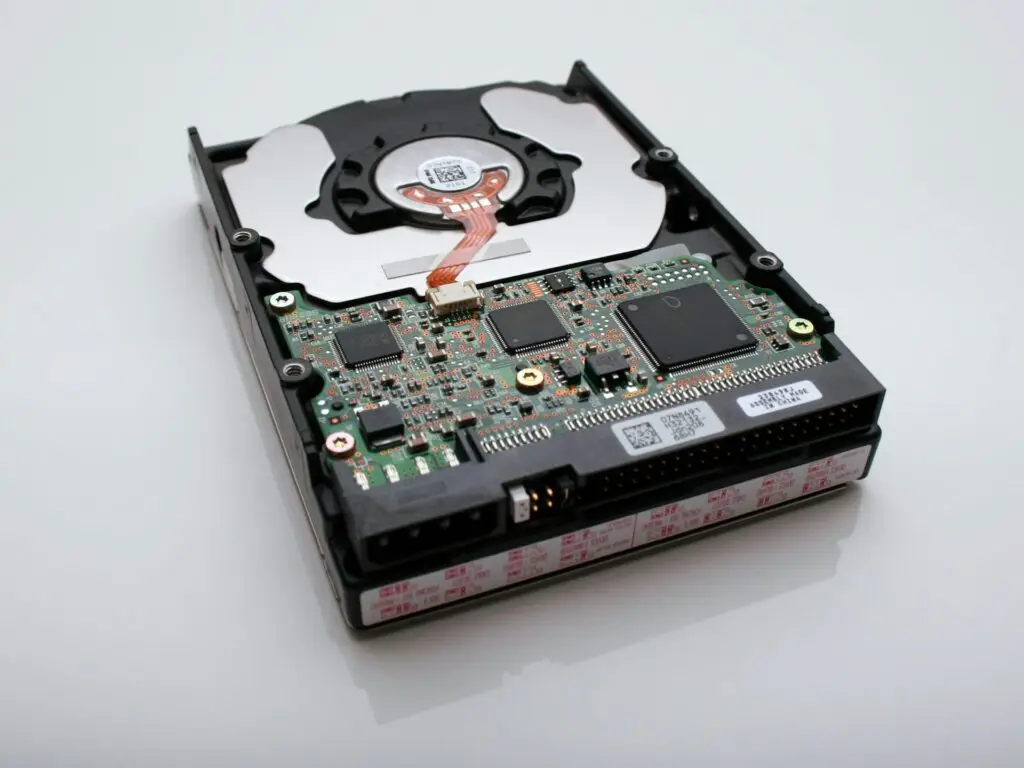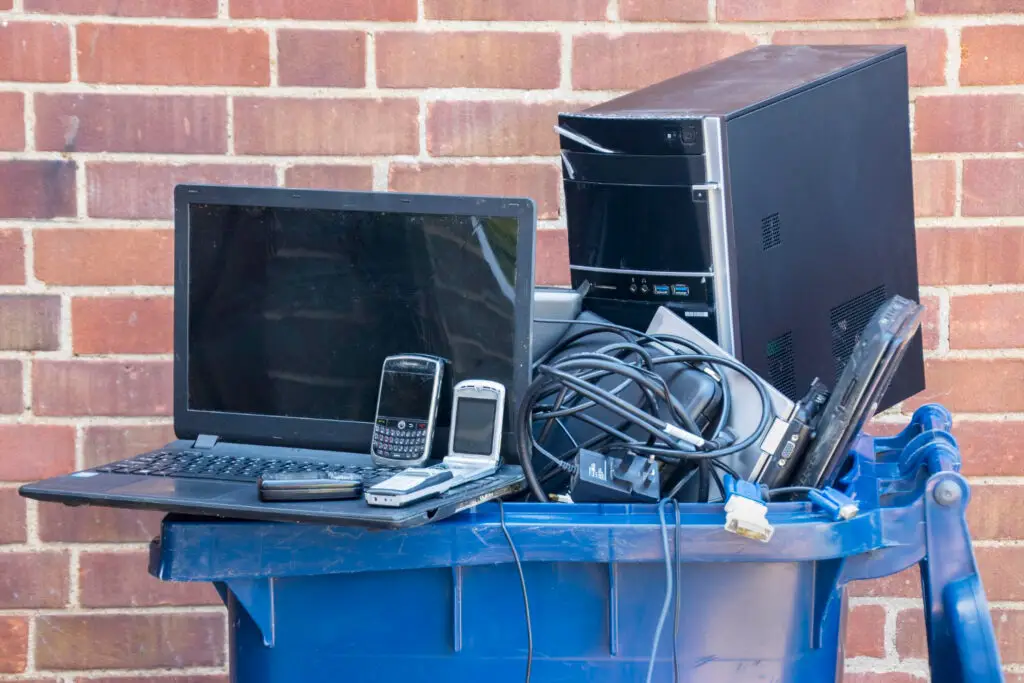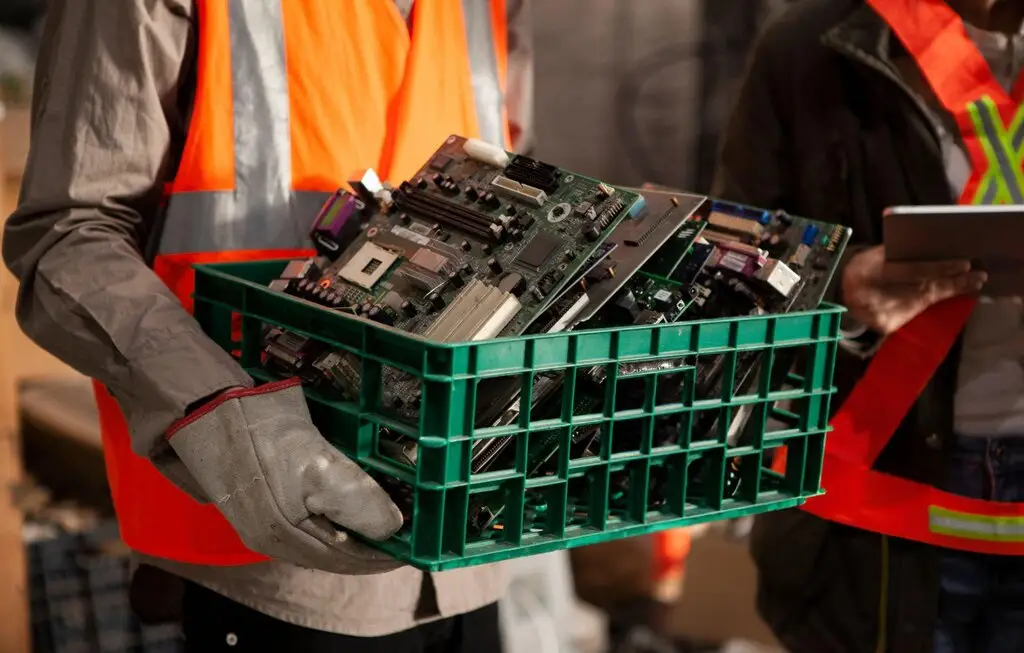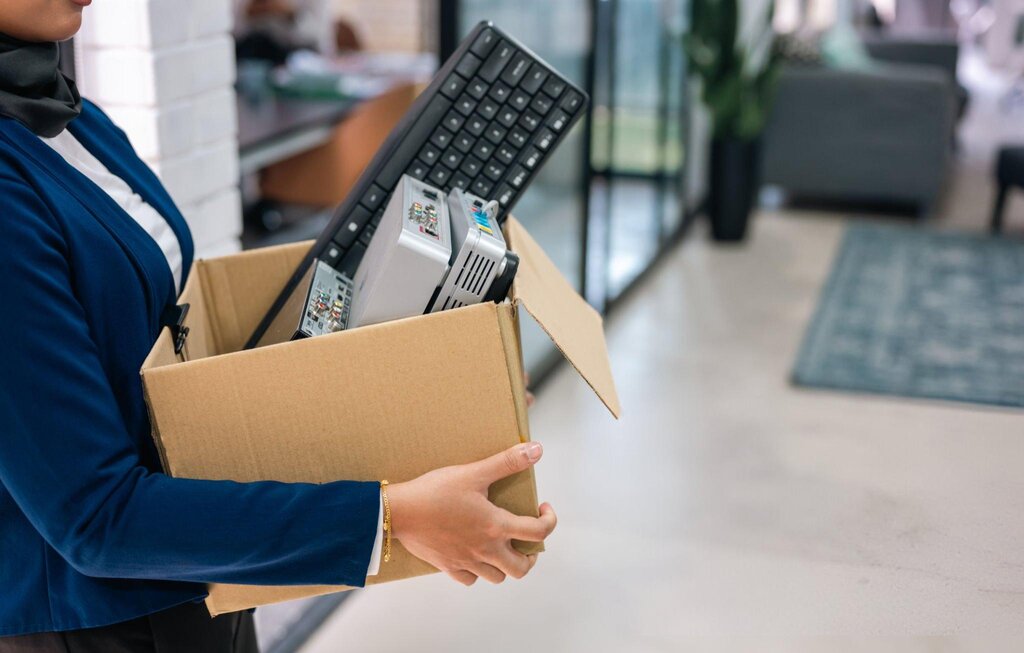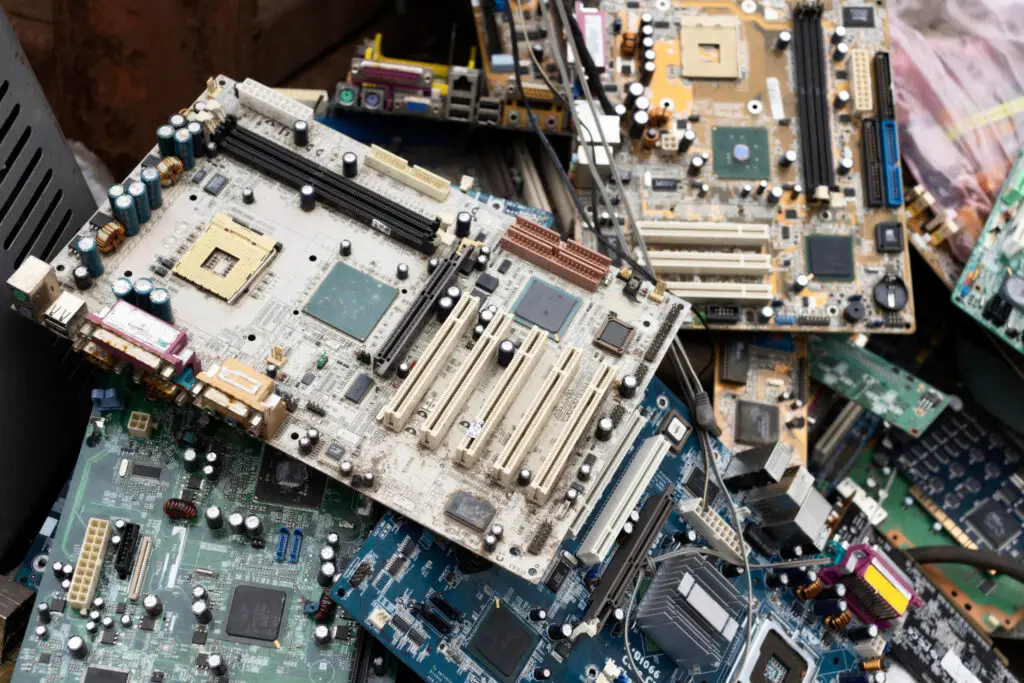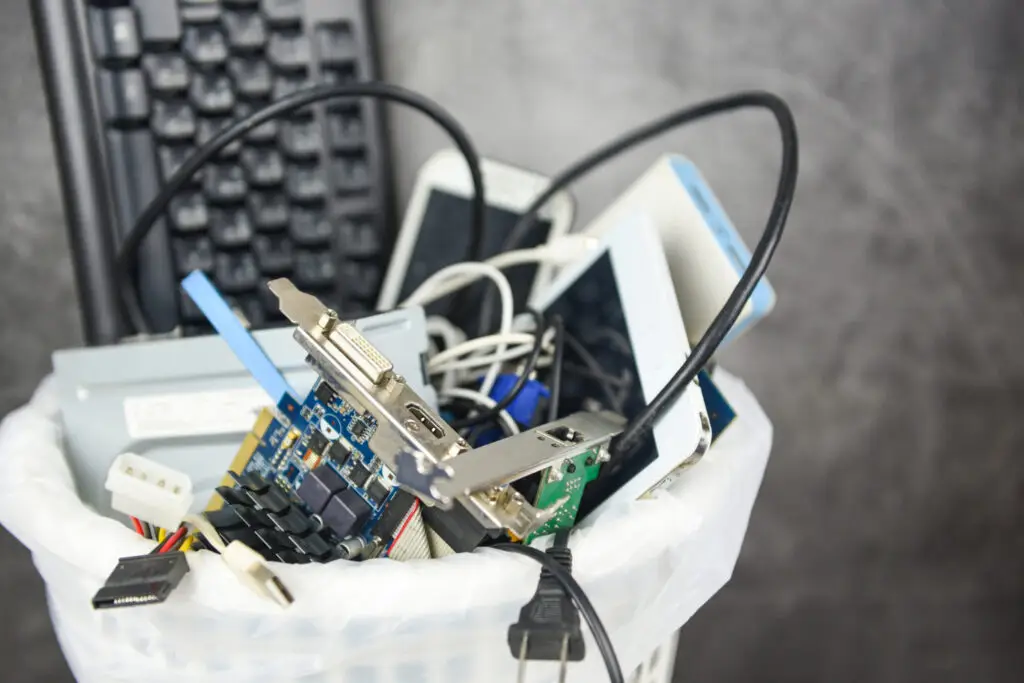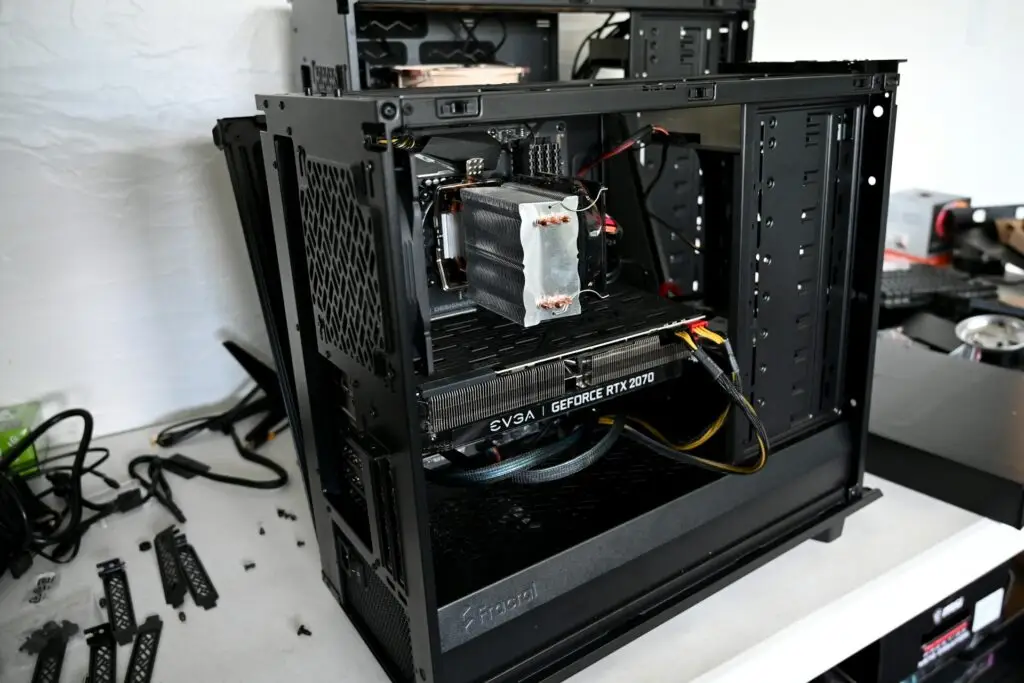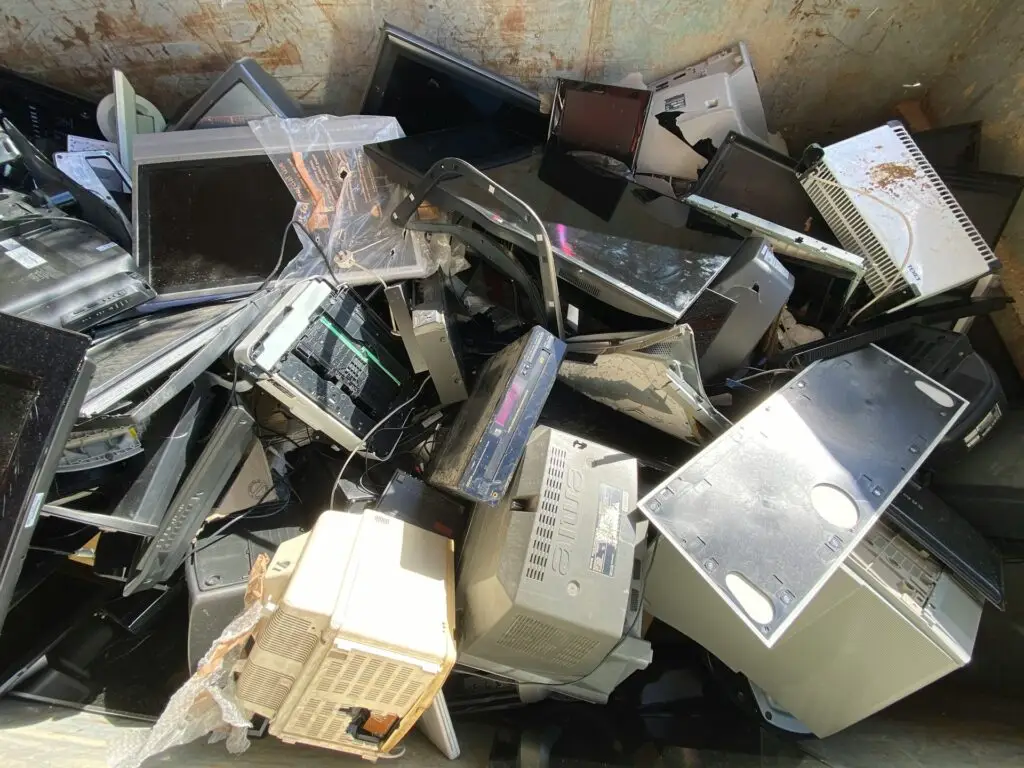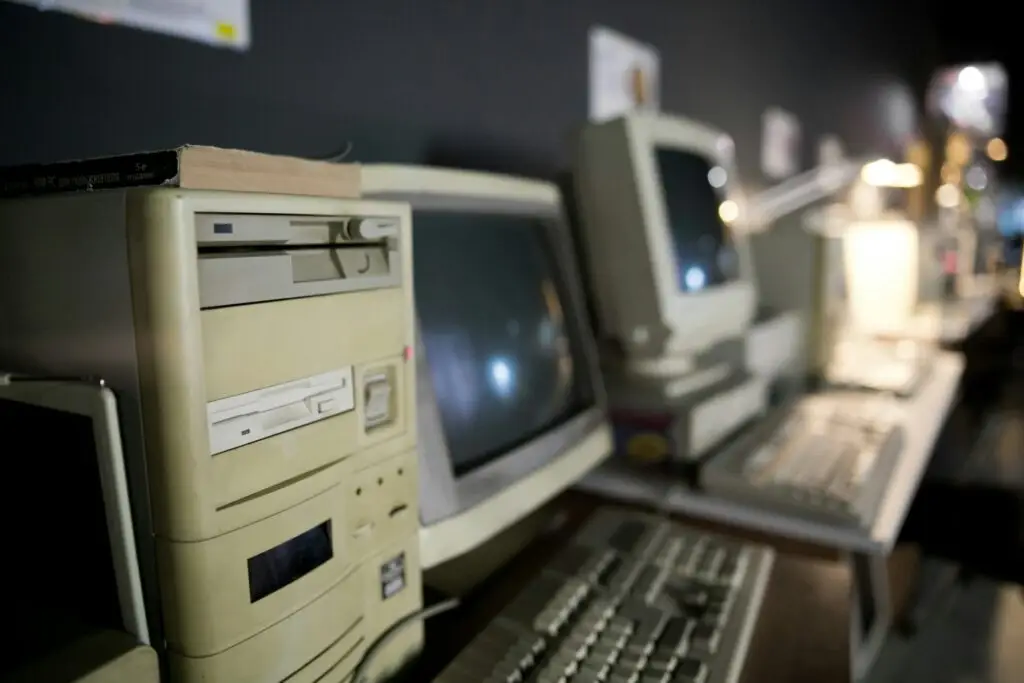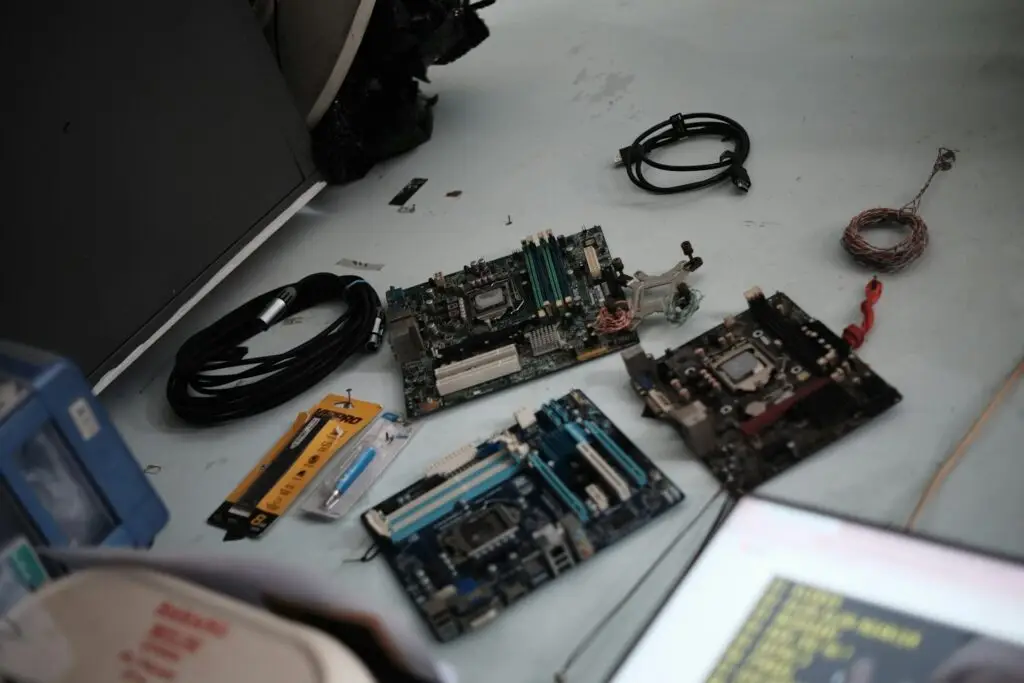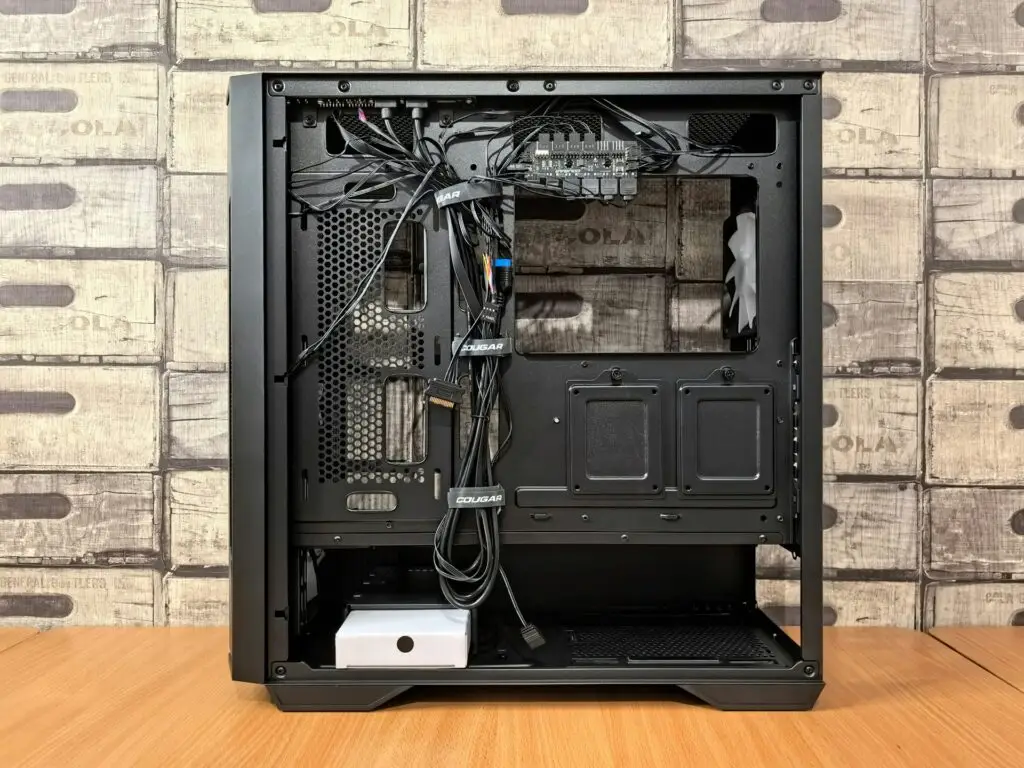Recycling electronic waste is crucial for protecting the environment. Old gadgets, once tossed aside, pile up and can harm nature. Reverse logistics steps in by ensuring that these items find their way back into the recycling process instead of ending up in landfills.
Reverse logistics involves returning products and materials for proper disposal or refurbishment. With electronic waste, it aims to retrieve and recycle components, fostering a circular economy. This process helps reduce waste and conserves resources, making it sustainable for the planet.
Understanding the role of reverse logistics can help address challenges in recycling effectively. By managing e-waste through thoughtful collection and processing, we can ensure fewer discarded devices end up in nature, paving the way for a cleaner, greener future.
Understanding Reverse Logistics in Recycling
Reverse logistics is an essential part of managing electronic waste. It involves moving products from their final destination back to a point where they can be reused, refurbished, or recycled. This process differs from traditional logistics because it focuses on returning items rather than distributing them.
In recycling, reverse logistics plays a critical role by helping recover valuable materials from old electronic devices. This helps reduce the demand for new raw materials, saving natural resources. By efficiently managing the return flow of products, companies can boost their recycling efforts, ensuring materials are reused rather than wasted.
Beyond its recycling benefits, reverse logistics is also linked to sustainability. It encourages a circular economy where materials are continuously reused, reducing the environmental impact. As a result, reverse logistics not only helps in cutting down waste but also conserves energy and lowers carbon emissions. Incorporating reverse logistics benefits both businesses and the environment, promoting a sustainable future.
Key Components of Reverse Logistics for E-Waste
Effective reverse logistics involves several key components, especially for handling electronic waste. Each step ensures that e-waste is processed and recycled efficiently.
1. Collection and Transportation: Collecting electronic waste is the first step in reverse logistics. This usually involves setting up collection points or organizing pickup services for old devices. Proper transportation ensures that e-waste reaches recycling centers safely and without causing pollution.
2. Processing and Sorting: Once collected, e-waste needs sorting and processing. Sorting involves separating different types of devices and components to manage recycling better. Processing helps recover valuable materials like metals and plastics that can be reused in new products.
Using these strategies, reverse logistics ensures that e-waste is not only collected efficiently but also processed in a way that maximizes recycling potential. Such practices are pivotal for minimizing environmental impacts, ensuring that harmful materials are appropriately managed, and valuable components are put back into use. This structured approach helps make recycling efforts more effective and sustainable.
Benefits of Implementing Reverse Logistics
Implementing reverse logistics for e-waste recycling offers many benefits that serve both the environment and the economy. By recovering materials from old electronics, businesses can significantly reduce their environmental footprint. This process decreases the need for raw material extraction, which conserves natural resources and minimizes pollution.
Economically, reverse logistics can lead to cost savings. By reclaiming valuable components from e-waste, companies can lower their material costs. These reclaimed materials can be reused in new products, enhancing the overall value chain. Additionally, using reverse logistics helps companies comply with environmental regulations, avoiding potential fines and enhancing their reputation.
Reverse logistics also improves supply chain efficiency. By turning waste into resources, businesses can create a more circular flow of materials, which reduces waste and support sustainable practices. Moreover, it encourages innovation in product design, making items easier to recycle or refurbish in the future. This efficient approach fosters a more sustainable business model and promotes long-term economic benefits.
Challenges and Solutions in Reverse Logistics
Despite its benefits, reverse logistics for e-waste recycling faces several challenges. One common obstacle is managing the complex and often unpredictable flow of returned products. Unlike traditional supply chains, reverse logistics deals with a wide variety of items arriving in inconsistent conditions, making planning a bit tricky.
Another challenge lies in processing and sorting these products. E-waste consists of numerous types of materials and components that require careful handling to extract the valuable parts without causing harm to the environment or human health.
To address these challenges, innovative strategies are vital. For managing product flow, companies can employ advanced tracking systems to gain better visibility into their reverse logistics operations. This helps in predicting and managing the influx of returns more effectively.
For processing and sorting, investing in automated sorting technologies can greatly improve efficiency. Robots and AI can identify and separate materials more accurately, reducing manual labor and increasing recovery rates. Additionally, partnerships with specialized recycling firms can provide expertise and infrastructure to handle complex e-waste properly.
Conclusion
Reverse logistics plays a crucial role in e-waste recycling by closing the loop on resource use and enhancing sustainability. It allows companies to recover valuable materials, conserve resources, and reduce their environmental impact while also offering economic advantages. Despite facing challenges, innovative solutions in managing product flow and sorting can improve efficiency and recovery rates.
By incorporating reverse logistics into recycling strategies, businesses can achieve significant environmental goals and support a circular economy. This approach not only enhances supply chain efficiency but also demonstrates a commitment to sustainable practices and responsible stewardship of the planet’s resources.
ReWorx Recycling offers comprehensive solutions for effective e-waste recycling in Atlanta. Our expertise in reverse logistics ensures your obsolete electronics are handled correctly, reducing your environmental impact and promoting sustainability. Reach out to ReWorx Recycling to learn how we can assist in turning your electronic waste into valuable resources.

